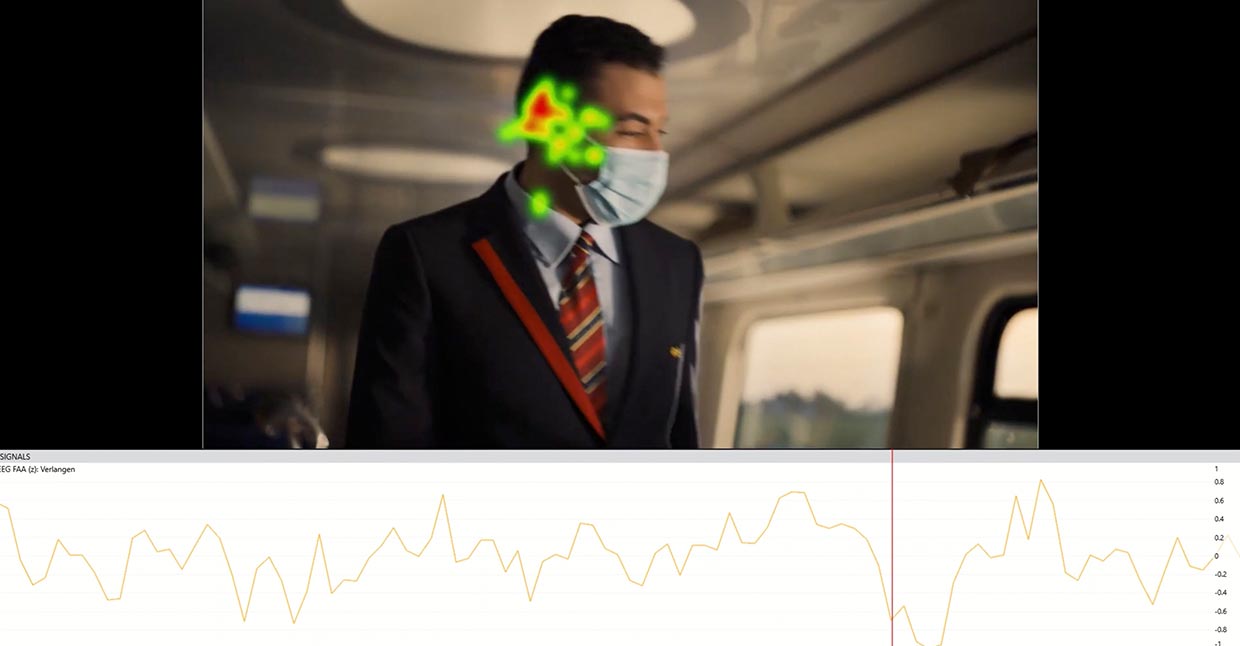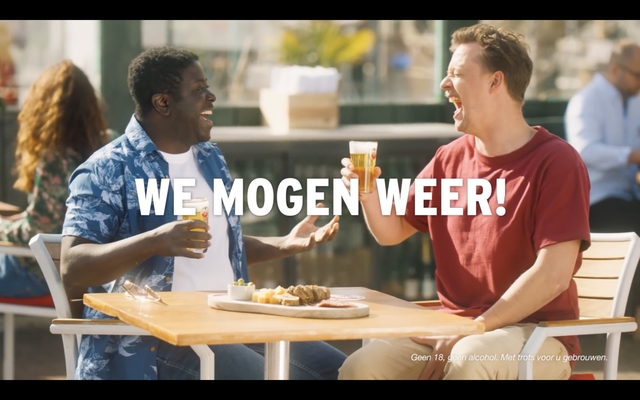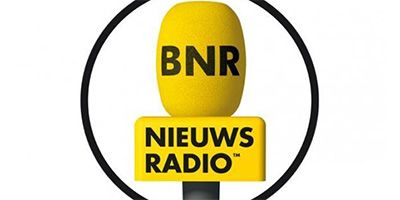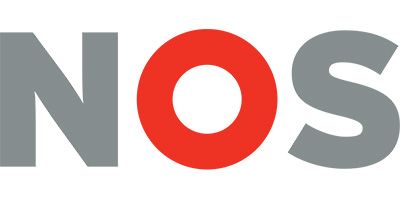
Advertising and Corona. It has proven to be a complicated marriage.
When the crisis erupted in the Netherlands, many companies withdrew from advertising slots. They wanted to avoid at all costs having their brand associated with a health crisis of this magnitude. Additionally, advertising was simply no longer relevant for some companies, such as those in the travel industry. The result was an advertising drought on Dutch television and millions of euros in losses for the broadcasters.
Measures in the Advertising World
A few months later, most brands had recovered from the shock and found their way back to the Dutch screen. But not without a change in communication strategy: in many advertisements during this first wave, the corona pandemic was referenced.
The phrase “in these strange times” quickly became the most used advertising opener of the moment, and corona (measures) played a significant role in the commercials.
Now, roughly a year and a half after the start of the crisis, we still see many of these 'corona cues' in TV commercials. But is this beneficial for your brand? What do corona-related words or images do to your brain?
Corona in the Brain
Working from home, sanitising hands, and wearing masks. It's all desirable behaviour, but it's better not to show it in an advertisement. This is evident from our many neuromarketing studies conducted since the crisis began. Generally, corona cues evoke an aversive reaction.
An example of this can be seen in a recent NS advertisement. In this commercial – which does not score well compared to the benchmark – there are many moments where someone is seen wearing a mask. This almost always results in a negative response in the brain.
Around the 35th second of this commercial, we see the most negative emotion of the commercial, indeed: of the entire tested advertising block. This rare negative response was caused by – you guessed it – masks. No matter how friendly the (invisible) smile of the conductor and the train passenger is, the brain mercilessly rejects the scene.
https://vimeo.com/582417501
Is a corona cue always harmful to your commercial then? Of course, there are exceptions to the rule. When you use a problem-solution structure, the neural pain stimulus of a corona cue can actually benefit your advertisement. Think of an advertisement from a travel agency. When it starts with a corona-related image that we are all tired of (zoom meetings), we become even more eager for a holiday. The images of sunny beaches are therefore perceived as even more positive.
Back to the Old Normal?
In general, it's best to avoid corona cues. Does this mean your advertisement should show the world as it was before the corona crisis? Not entirely.
After a year and a half of social distancing, large crowds and physical contact initially evoke awkward reactions. We saw this beautifully reflected in an advertisement we tested just before corona came into play. A scene where a lender and a client walked towards each other and shook hands left a very positive impression on the brain. However, when we re-examined the commercial shortly after the first lockdown with EEG, the same moment had turned into the absolute low point of the commercial.
https://vimeo.com/582421414Fragment Qredits before Corona
https://vimeo.com/582421358 Fragment Qredits shortly after the first lockdown
Not the New Normal, Not the Old Normal: What Then?
So you should minimise corona cues in your commercial, but you also shouldn't pretend nothing is happening. What is a smart advertising strategy then?
It's actually quite simple. Show the most desirable situation that is currently realistic. Don't be afraid to show social situations, such as a drink or a sports match. Especially showing activities that are just allowed again evokes positive emotions in the viewer. We examined how people reacted to three beer commercials just after we were allowed back on the terraces. All three commercials – which cleverly played on the relaxations we longed for – scored well above the benchmark for their category.

Even a situation just outside the boundaries of current measures can evoke positive emotion in the viewer. For example, cosy Christmas dinners were a hit in December, and cheering football fans scored in the brain during the European Championship.
All in all, there are not many restrictions when it comes to advertising during the corona pandemic. There are only three basic rules: avoid corona cues, keep a sufficient distance from the old normal, and show the most desirable situation.
Oh yes, and have your advertisement tested in our neuro test street.






